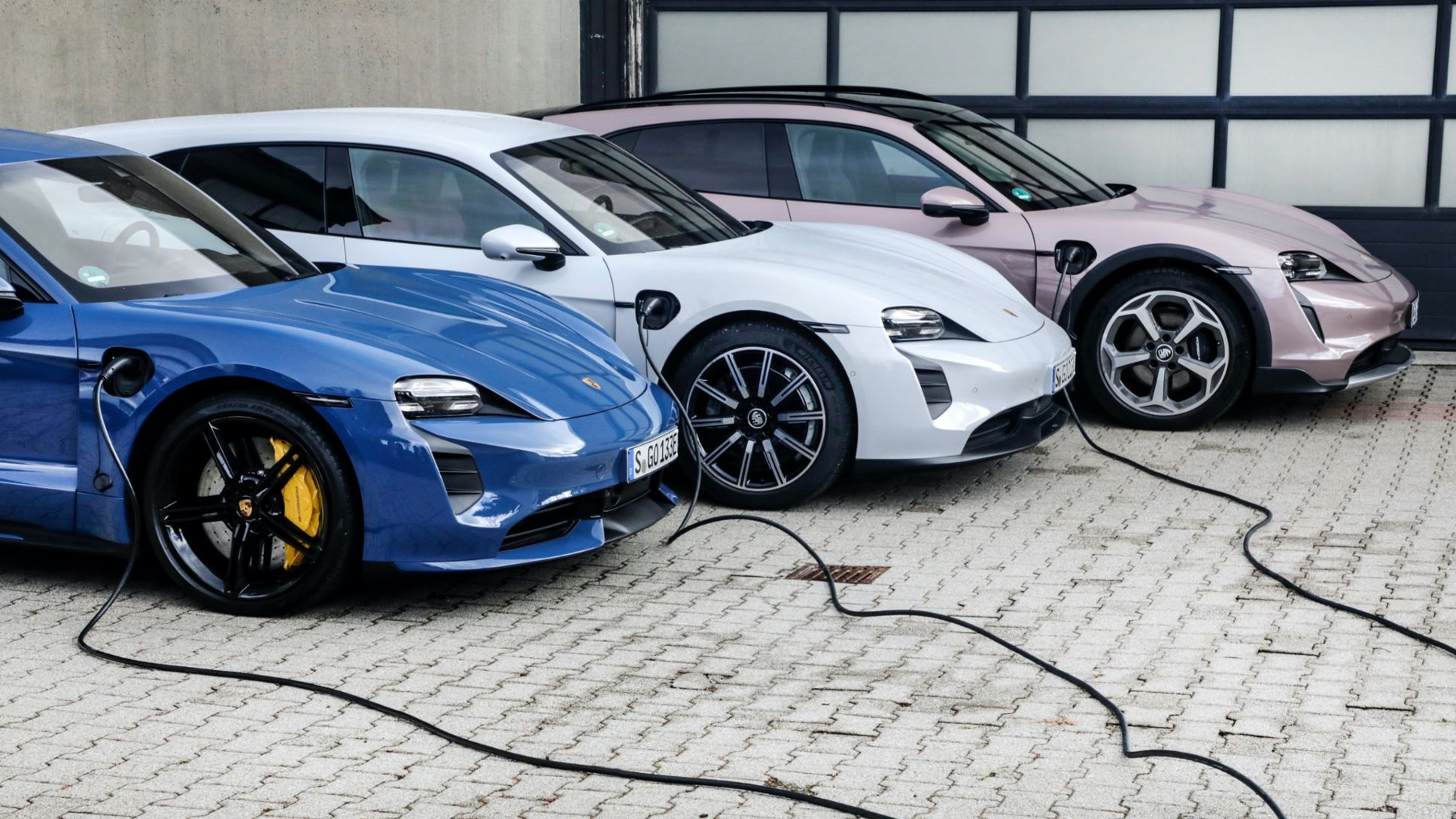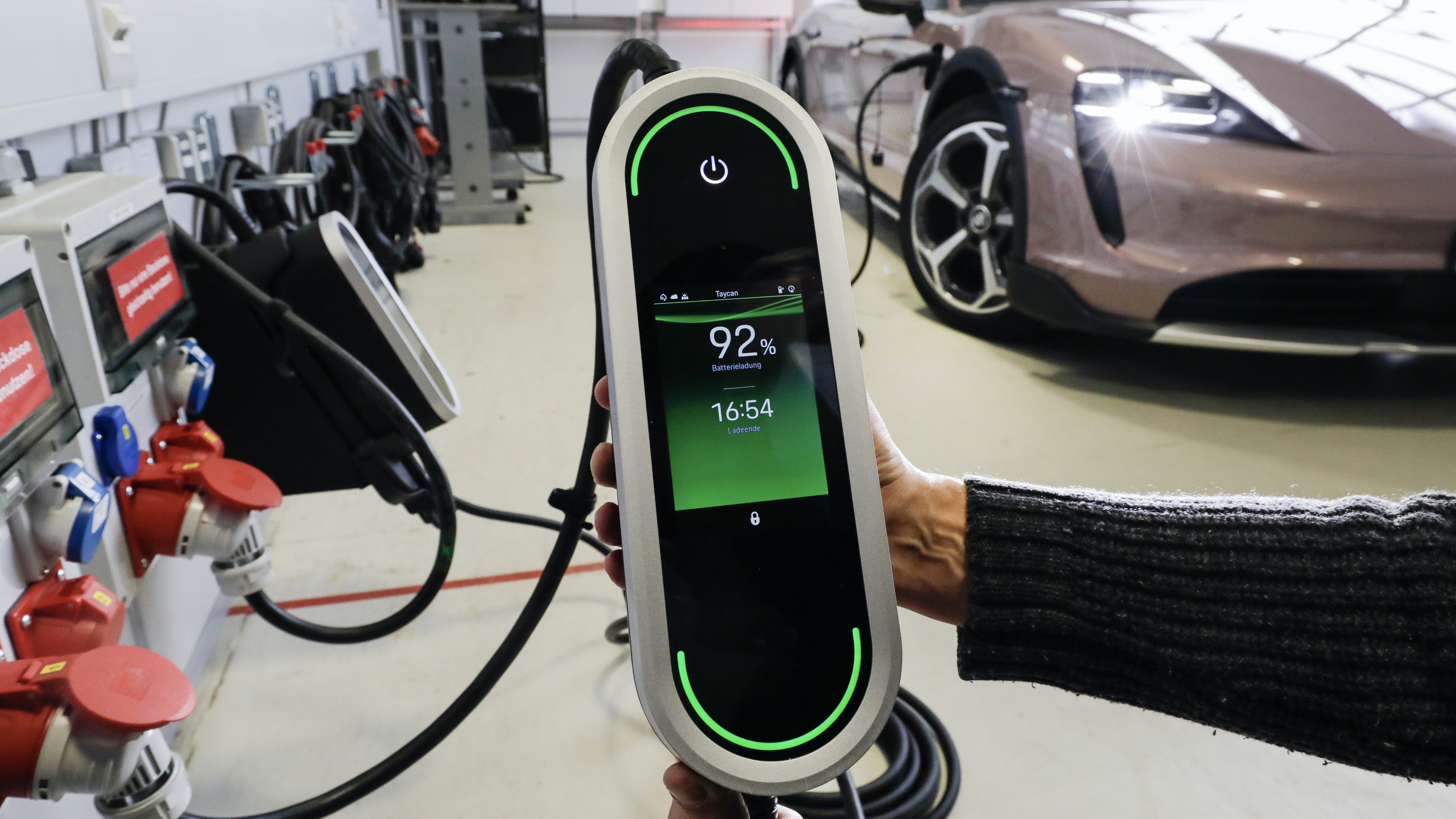Porsche tests its EVs to supply power back to grid - Yeah, it's possible
5 Taycans do duty

Recently, we had the General Motors testing the use of its electric vehicles as a backup power source for homes. Now the German luxury carmaker Porsche is toying with the possibility of using its EV as a buffer storage unit for the power grid. And if the testing goes well, in the future, supply of power vehicle-to-grid (V2G) can become a reality.
For the record, Hyundai is also working on 'bidirectional charging', which would allow EVs to pull power from a house and also supply power back to it, if need be.
In a test conducted with grid operator TransnetBW and consulting firm Intelligent Energy System Services (IE2S), Porsche connected five (Porsche) Taycans via the Porsche Home Energy Manager (HEM) to the power grid as buffers – both under laboratory conditions and in domestic environment. The Porsche Home Energy Manager is a device that establishes a link with the electric vehicle and the building's electrical system. From there, it helps the vehicle manage its charging while the connection is protected from overloading.
Win-win for grids and EVs

In the future, when EVs aren't being driven, they could potentially feed energy back into the public power grid. With enough vehicles, they could help supply what is referred to as balancing power --- electricity that balances out variations in the grid.
Porsche said its test demonstrated that electrical balancing power can be stored in the high-voltage batteries of an intelligent swarm of electric cars.
The test relied on a cloud-based pooling system developed by IE2S that controls the charging process based on the needs of the power grid and can feedback power as needed.
Porsche’s attempts can be the stepping stone for a win-win relationship between electric vehicles and the power grid that charges them.
Sign up for breaking news, reviews, opinion, top tech deals, and more.
Lutz Meschke, Deputy Chairman of the Executive Board of Porsche AG, said: "Advanced solutions for green charging and other vehicle-to-grid applications are also conceivable. And that’s not all: if electric vehicles feed electrical energy back into the grid in the future for example with a private photovoltaic system, contributing to the expansion of regenerative energy, it will further increase the acceptance of e-mobility."

Over three decades as a journalist covering current affairs, politics, sports and now technology. Former Editor of News Today, writer of humour columns across publications and a hardcore cricket and cinema enthusiast. He writes about technology trends and suggest movies and shows to watch on OTT platforms.